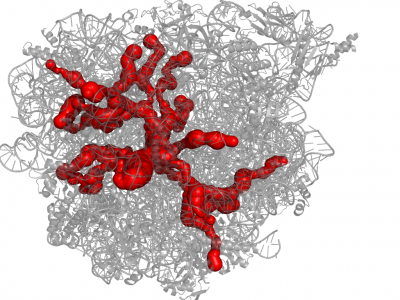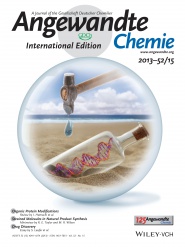|
|
Did you know...
 Example of channel system of 1JJ2 is a successor of a popular software tool Mole for detection and characterization of channels in biomacromolecules (proteins, nucleic acids and glycans). This completely redesigned version allows user rapid and accurate analysis of channels and transmembrane pores even in large structures (hundreds of thousands of atoms). As a new feature, MOLE 2 estimates not only physicochemical properties of the identified channels, i.e., hydropathy, hydrophobicity, polarity, charge, and mutability, but also physicochemical properties of the cavities. For thorough description of the functionality and instructions on working with MOLE 2 please consult the paper or our manual.
MOLE 2.5 Update
Update of MOLE 2 ..→
|
|
|
 A Random PyMOL-generated Cover. See Covers.
|


